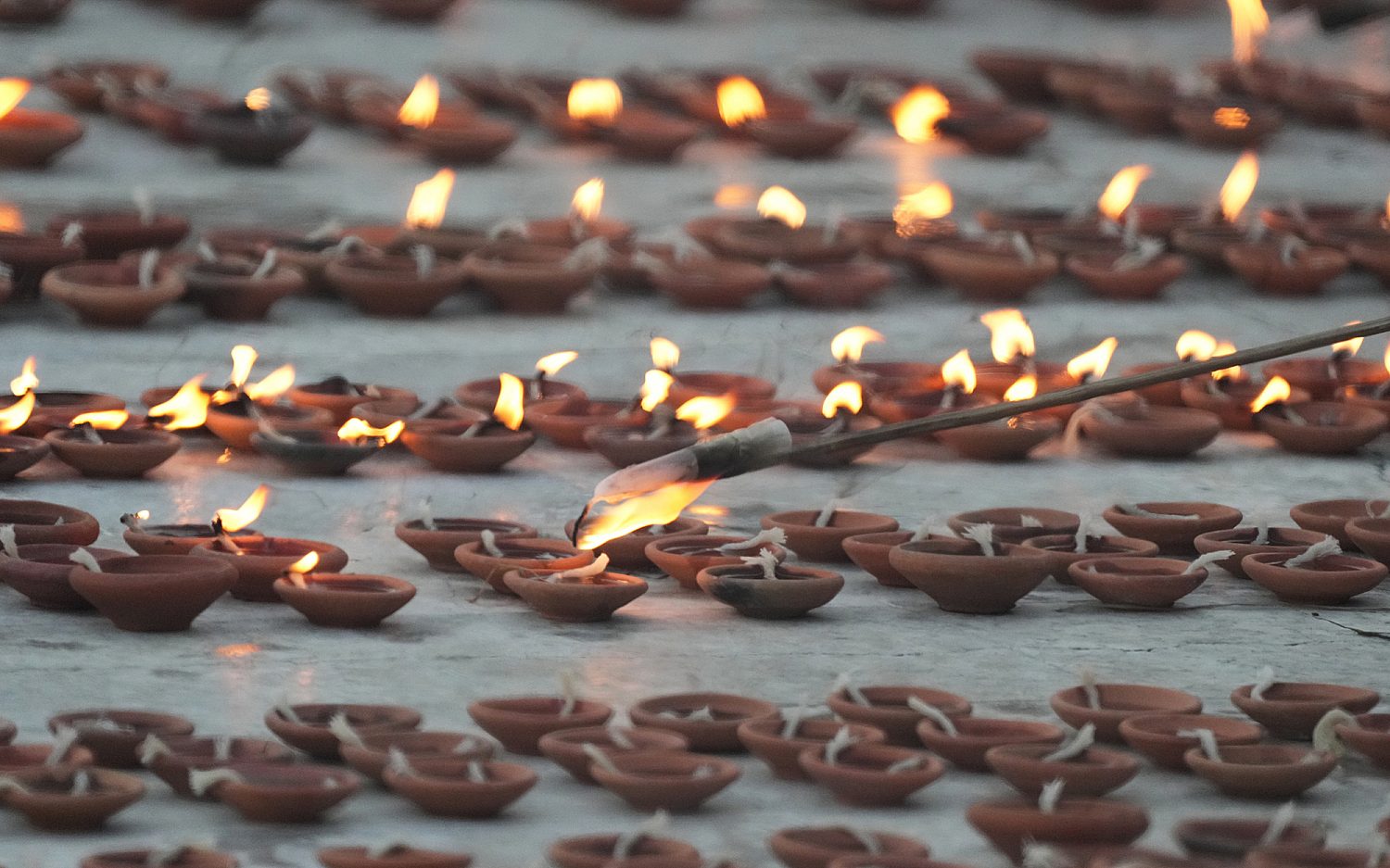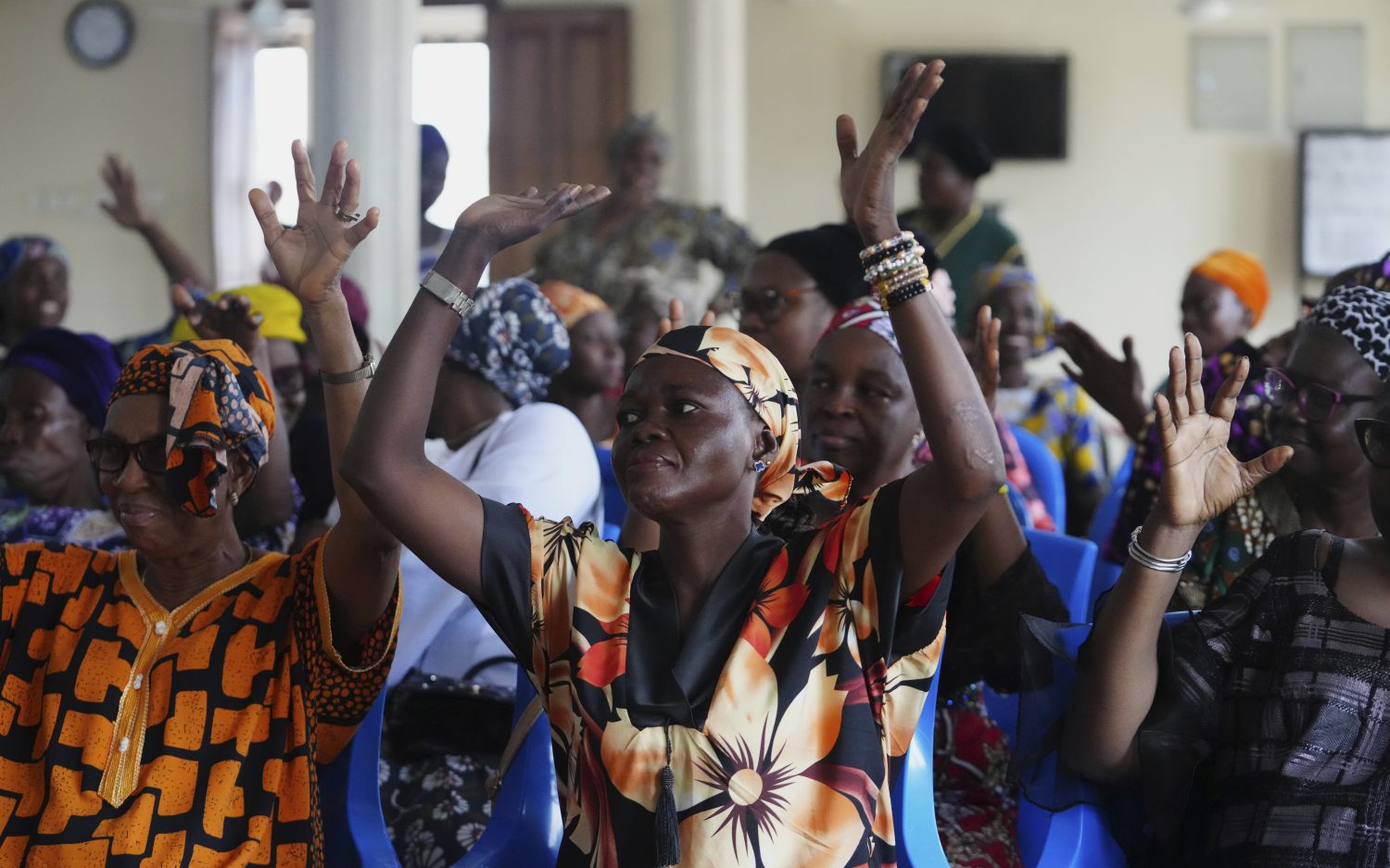Support structure
Unlike Haiti, Chile's strict building codes and strong, responsive government mitigated earthquake damage
Rescue workers and Chilean troops struggled to reach towns and villages still cut off from the outside world two days after an 8.8-magnitude earthquake struck southern Chile. It was the fifth strongest quake ever recorded.
The estimated death toll climbed to over 700 people by Monday, but workers said villages cut off by damaged infrastructure could report far more casualties. Officials said the Saturday morning quake destroyed as much as 80 percent of the towns in the Maule region along the Chilean coast, where most of the deaths were reported.
The country's National Office of Emergency estimated the quake displaced some 2 million people, with as many as 500,000 homes damaged or destroyed. President Michelle Bachelet dispatched thousands of troops to distribute food and water in the hardest hit areas, and called the damage "an emergency unparalleled in the history of Chile."
As horrendous as the damage caused by the Chilean earthquake was, the fallout from January's 7.0-magnititude quake in Haiti demonstrated at least one silver-lined reality: It could have been much worse.
Physicists say Chile's far stronger earthquake released 500 times more energy than the quake in Haiti. But a combination of natural and man-made factors kept Chile's disaster from inflicting the mass casualties still climbing to over 200,000 people in Haiti: The Chile quake's epicenter was offshore and deeper than Haiti's shallow, land-based epicenter. The Chile disaster also struck near an area not nearly as heavily populated as Haiti's capital of Port-au-Prince.
But a third factor was also key to mitigating damage: The Chilean government has enforced strict building codes for nearly 40 years. Such precautions prevented some of the massive damage that was seen in Port-au-Prince, where few buildings requirements meant few well-built structures.
A stronger government also meant Chile was better prepared to respond to earthquake damage than the nearly crippled post-quake government of Haiti: Apu Patel of the American Red Cross International Response Team said the U.S.-based group has pledged $50,000 in relief funds, but that they were relying on the Chilean Red Cross to organize immediate aid efforts. "Unlike Chile, the Haitian government was not capable of addressing the needs of the affected," Patel wrote in an online forum on Monday. "Chile has a much stronger support structure."
That support structure also includes Christian groups already in the country. The International Mission Board (IMB) of the Southern Baptist Convention said relief workers from South Carolina and California were on standby to help with aid efforts. IMB staff in the capital city of Santiago (200 miles from the epicenter) reported electrical, telephone, and water services were cut off. The group said that all their field personnel in Chile were accounted for, but that local workers were still assessing the impact on the local church community.
Workers from World Vision began distributing blankets and water containers to quake survivors in Santiago, and sent a team to southern Chile to assess damage and plan for more relief work. The group said several of the communities they work with in the south are close to the epicenter. First on the team's to-do list: "Verify the safety of staff and community members who have thus far been cut off from communication or road access."
An actual newsletter worth subscribing to instead of just a collection of links. —Adam
Sign up to receive The Sift email newsletter each weekday morning for the latest headlines from WORLD’s breaking news team.





Please wait while we load the latest comments...
Comments
Please register, subscribe, or log in to comment on this article.